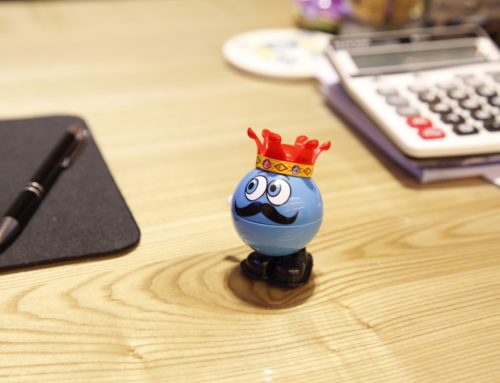Script:
This is the one we’ve been using for ages- we probably average 1 call back per 20-25 messages left.
“Hi__________. This is (my name). Your name came up at our executive team meeting and I’d like to discuss the possibility of doing some business together. Please give me a call xxx-xxx-xxxx. Again, this is (my name) at xxx-xxx-xxxx. I look forward to your call, ______.”
More recently, we gave another method a try and the results were horrendous even though the expert said it had an 80% response rate.
“Hi___________. This is (my name). Someone suggested we talk.
Do me a favor, when you call me back, please tell whoever answers to interrupt me no matter what I’m doing. You can reach me at xxx-xxx-xxxx. I look forward to speaking with you.”
We read through “What do I say in a Voicemail” and “Recruiting voicemail” and “Get colorful with your voicemail.” Our CEO is of the mindset to not mention we are recruiters in any VM. We did like this one, but we want to better understand what makes this powerful.
“Jeff, Danny Cahill. You and I haven’t spoken before and because I don’t know how confidential your voice mail is, I’m not comfortable leaving the reason for my call. I want to help not cause trouble. But I do need to talk to you as soon as possible about something that is time sensitive. I’m at 203 272 0227. A Google search might take some mystery out of this for you. (Then I spell C-A-H-I-L-L). I’m here this morning. Thanks.”
Additionally, we can’t use the “hint/Google” method because our firm has a name similar to other executive search firms and several of our recruiters are fairly green and don’t have much name recognition in the industry as of right now. Should we reference our LinkedIn profiles instead?
Do we need to tweak, combine, or trash these and start fresh? What would you suggest for cold call messages left on office/business lines? We are calling our client’s competitors (potential future clients) directly the majority of the time, not personal lines. Thank you!
AccordingToDanny Replies:
So it is weird to see a script I created in the late 90’s for my own desk recreated here, (and altered slightly) …You asked why it was powerful for me and why for years I used it and taught it to my audiences? Here is the original script:
“Jeff, Danny Cahill, you and I haven’t spoken before and (slight pause for effect) …since I don’t know how confidential your voicemail is I’m not comfortable leaving the reason for my call. I do need to talk to you about something that is time sensitive. I’m at 203 272 0227 for another two hours…”
It had mystery, you needed to call back to find out what the call was about
It showed vulnerability, “I don’t know” and “I’m not comfortable”
It created urgency
It directed your response time
So why did I stop? I created it when EVERYONE checked their voicemail. Nowadays not only are very few regularly checking voicemail, over 50% of VM’s are transcribed into email. Imagine how short and vacuous your “hey, I hear good things, call me” approach looks in email.
I respectfully disagree with your boss about identifying yourself as a recruiter. People will simply not call back without knowing a call’s purpose or the identity of the caller. Our model has evolved into:
Declare (who we are and what we do) Create Interest (bragging rights via bullet points for clients or bullet points about an opportunity for candidates) Request and Outcome (call to action by setting up a time to talk).
I found my good friend Peter Leffkowitz’s phrase, “let me take the mystery out of this call” breath taking and original when I first heard it. In 1987! The reality is there is no more mystery, they know how and where you got their name, and they don’t care. What do you want? What can you do for them?
With your level of call backs, 4%, what do you have to lose? The norm here is 20-25%. You’re working too hard!






Leave A Comment